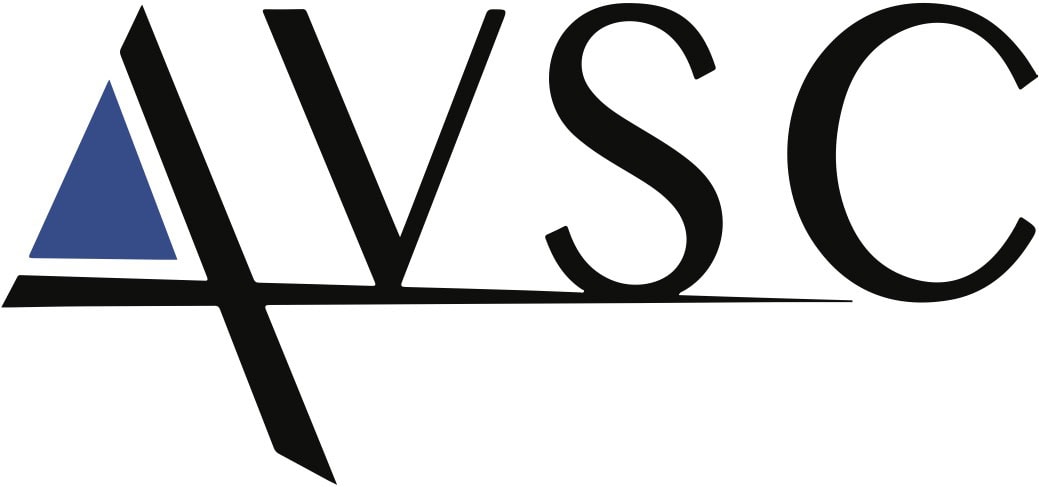Porous ceramics with various pore scales have been widely utilized in numerous engineering applications. This symposium seeks engineers, researchers, and scientists in the area of porous ceramics, carbon, and glass to share recent advances in innovative processing routes, characterizations, physical properties, fluid dynamics, simulation and modeling. Porous components are prepared with wide range of pore size from nano to millimeters, controlled pore volume fraction and tailored pore configurations such as textured or random morphologies, interconnected or closed microstructures, sandwich structured ceramic matrix composites and hierarchical porosities. They are based on various morphologies: monolithic structures with controlled pore size, foams, syntactic foams, honeycombs, bio-inspired, membranes, aero-gels and additive manufacturing. Engineering applications can include biomedical applications, energy-related technologies, environmental protection and lightweight structural components. This symposium will be the ideal showcase for groups involved in the processing and applications of porous materials from design to application. In addition, research advancement and trends in next-generation porous materials, design, fabrication and characterization will be included.
Proposed Session Topics
- Processing route and synthesis of porous ceramics
- Chemical processing of functional porous materials
- Shape forming, joining and morphology of porous ceramics
- Additive manufacturing of porous and cellular ceramics
- Porous biomaterials (joint with GFMAT-3 Symposium 11)
- Micro- or meso-porous ceramics and hierarchical porosities
- Innovative characterization tools, design, simulation and modeling of porous ceramics
- Functional, mechanical and thermal properties of porous ceramics
- Characterization and behavior of porous ceramics
Symposium Organizers
- Tobias Fey, Friedrich-Alexander-Universität Erlangen-Nürnberg, Germany
- Alberto Ortona, University of Applied Sciences and Arts of Southern Switzerland, Switzerland
- Manabu Fukushima, National Institute of Advanced Industrial Science and Technology, Japan
- Paolo Colombo, Università di Padova, Italy
- Samuel Bernard, Institute of Research for Ceramics, CNRS, France
- Jian-feng Yang, Xi’an Jiaotong University, China
- Eliandra de Sousa Triches, University of São Paulo, Brazil
- Gisele Lecomte-Nana, University of Limoges, France
Points of Contact
- Tobias Fey, tobias.fey@fau.de
- Alberto Ortona, alberto.ortona@supsi.ch
